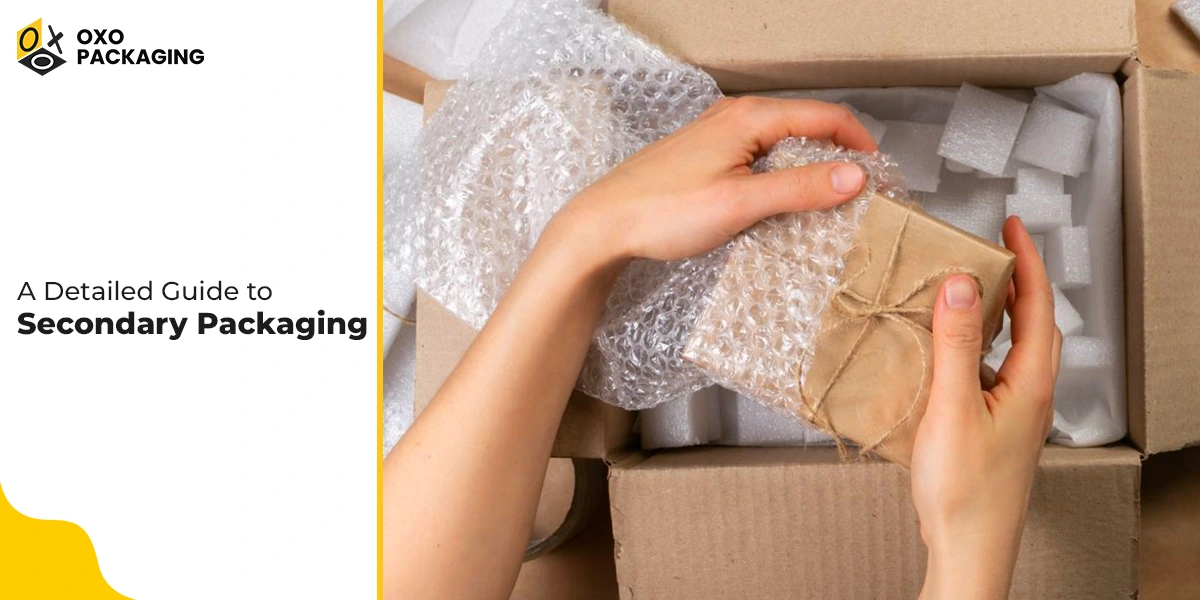Everything You Need to Know About Secondary Packaging!

Packing products securely and presenting them elegantly to buyers is important to retail businesses. Secondary packaging is a reliable option when it comes to safeguarding items and showcasing them persuasively. The remarkable benefits of this packaging have increased its demand in the market.
According to research by Mordor Intelligence,
“The market size of secondary packaging will be around USD 265.92 billion in 2024.”
Considering this huge market volume, the importance of secondary packaging remains undeniable. Secondary packaging packs and protects the products in bundles and helps showcase your brand elements to your customers.
This packaging comes with various distinctive features making it a perfect packaging solution for businesses. Want to learn more about secondary packaging? Read this detailed guide to explore types, uses, and sources of secondary packaging!
What is Secondary Packaging?
Secondary packaging protects and stores the products without interacting with them. This type of packaging comes in touch with primary packaging adding a layer of extra protection for the products. Primarily, this packaging is designed to pack many products together.
It also comes with dividers that help store multiple items manageably which helps product suppliers conveniently ship their products to warehouses or retail stores. Secondary packaging boxes are also easy to stack over one another providing the utmost ease in the product distribution in bulk.
These packaging boxes can also be displayed on the shelves of retail stores enhancing product visibility.
Primary Packaging vs Secondary Packaging
Before we explore more about secondary packaging, let’s differentiate it from primary packaging. Both primary and secondary packaging are crucial in the protection, presentation, and safe shipment of the products, however, they have their distinctive roles.
Primary packaging is the one that comes in direct contact with the products. Mylar wraps, PVC sachets, and bottles are the perfect examples of primary packaging. Secondary packaging covers primary packaging and holds multiple units of products together.
This type of packaging also plays a role in the safe shipment and marketing of the products. The best examples of this type of packaging include cardboard boxes and corrugated cartons that can hold many products.
Key Requirements for a Reliable Secondary Packaging
The purpose of secondary packaging is to enclose the primary packaging and present your products persuasively to the customers. Depending upon these purposes, you should look for these requirements if you want to design an appropriate secondary product packaging:
- Stability: The design of a secondary carton must be stable so that it can reside on retail shelves easily. Stability is also needed to hold the products of any dimensions without hassle.
- Printability: Printing is the key when it comes to promoting your products and showcasing your brand to your buyers. Go for the secondary packaging that supports suitable printing options.
- Stackability: The robust make and stackable shape of a secondary box packaging are essential. The reason is that products packed in these boxes are displayed in a stacked form on retail shelves.
- Sufficient Space: A spacious box is required to perfectly fit the products inside it. Personalize your packaging boxes in the right dimensions providing you with ample space for product packaging.
Types of Secondary Packaging
As discussed earlier, the market size of secondary packaging is worth billions of dollars. This huge volume indicates that multiple types of secondary packaging are available in the market. Here are three of the major types of secondary packaging commonly used by the product manufacturers and suppliers:
-
Corrugated Cartons
Corrugated cartons are made of multi-layered kraft papers featuring fluted sheets. These fluted sheets enhance the durability and strength of the corrugated cartons. These robust cartons can withstand rough handling during the transit making them excellent for safe shipping of the products.
These cartons are available in many types. Some of the popular ones include RSC or Regular Slotted Containers, FOL or Full Overlap Slotted Container, CSSC or Center Special Slotted Container, HSC or Half-Slotted Containers, etc. Each type of corrugated carton comes with its distinctive features.
-
Cardboard Boxes
Cardboard is a wood-based material famous for its eco-friendly features. This material is used to make biodegradable, compostable, and recyclable packaging boxes. Cardboard packaging boxes are most commonly used as secondary packaging due to their customizability.
You can personalize these boxes to make them resonate with your product and brand. It helps boost your brand and enhance the sales of your products. The best example of this type of packaging includes boxes filled with chocolates, candies, biscuits, or tea bags.
-
Chipboard Cases
One of the most cost-efficient and reliable secondary packaging includes chipboard cases. Like cardboard, they are also a wood-based material, however, unlike corrugated stock, they don’t possess E or F flutes.
Chipboard comes in a wide range of thickness options. Cases made of chipboard can be personalized in the shapes of your choice allowing you to resonate their dimensions with your products.
Importance of Secondary Packaging
Secondary packaging provides a lot of benefits to product suppliers and retailers. The timeless features of this packaging make them a need for every retailer. Here are some undeniable benefits of using secondary packaging for your products:
-
Product Protection
The primary benefit of secondary packaging is product protection. This type of packaging is made of robust materials like cardboard, corrugated stock, or rigid stock. These durable materials make your secondary packaging stabilize the products or the primary packaging product packed in it to avoid damage during transit.
-
Boost Brand
It can be personalized with your brand elements, and appealing graphics to entice your prospects and convert them to your customers. Using the right branding and printing options, this amazing packaging can leave a lasting impact on your customers making your products their preferred choice. This way you stand out from the competition and succeed in the business.
-
Enhance Product Presentations
Secondary packaging can also be a premium covering for expensive products like jewelry, luxurious gifts, and other high-end products. It can be designed persuasively to enhance the perceived value of your items before customers. By enhancing the presentation of your products, this packaging can bring more sales to your customers.
How to Outsource Secondary Packaging?
You can source perfect secondary packaging for your products from various suppliers. However, the most convenient option for buying customized secondary packaging is a reputable online vendor. Such sellers offer you quality packaging for your products at a market-competitive rate.
If you are looking for a reliable packaging company, feel free to reach out to OXO Packaging. We are among the top packaging solution providers all over the USA. With our endless customization options and quick shipping, you can get your required secondary packaging in time to pack your products.
Final Words
Whether you are a startup or an established enterprise, you need the right secondary packaging solution for your products. In the above guide to secondary packaging, we have discussed in detail the definition, importance, and types of this packaging.
If you are still confused about choosing the right secondary packaging for your products, reach out to us, we are always here to help you out.




